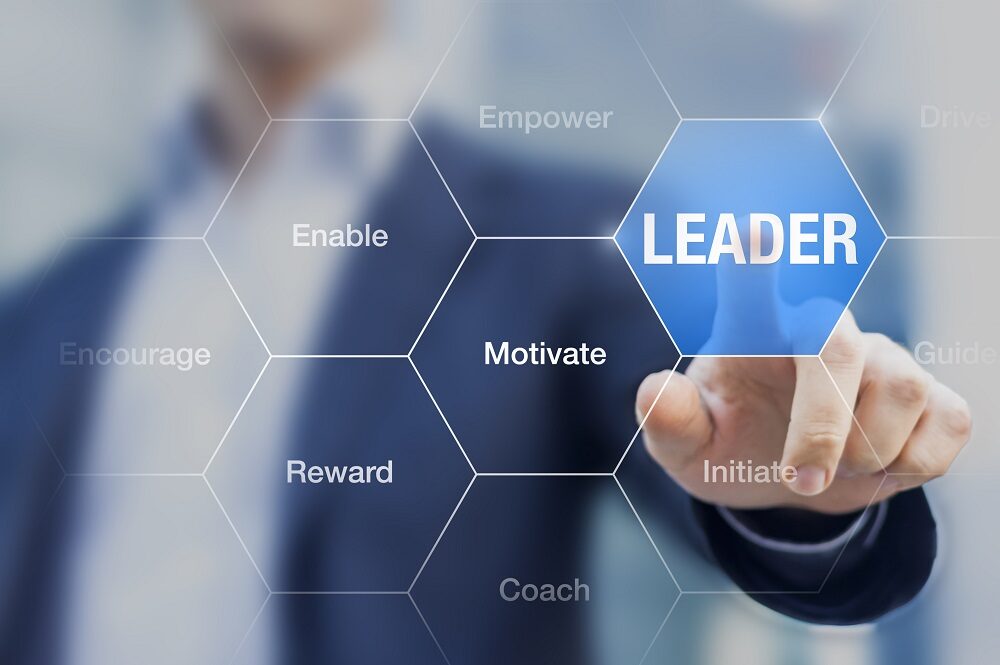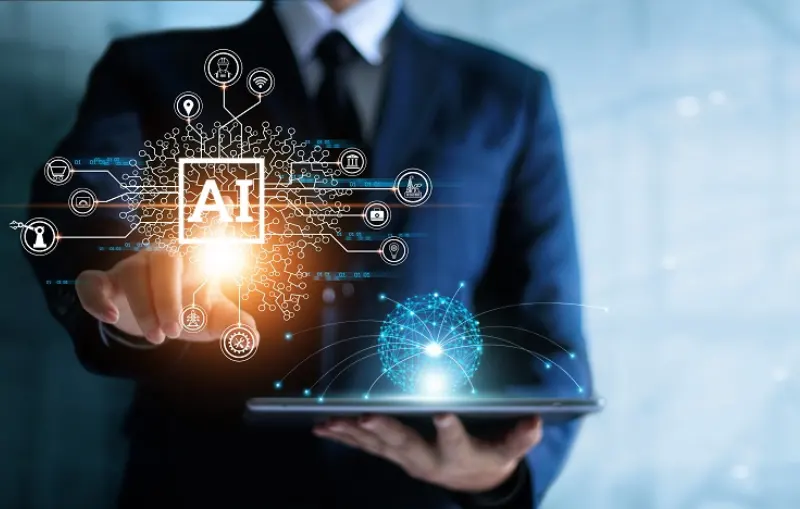Strategy as a Pillar for Sustainable Change
In my previous blog, I examined leadership as the first pillar of sustainable change. Effective leaders have the power to inspire, motivate and mobilize all stakeholders to work towards common goals by promoting a culture of collaboration and communication and by fostering a sense of purpose and direction. As a middle leader, I experience firsthand shared leadership as a driving force to prepare students for the challenges and opportunities of the modern era; nonetheless, to catalyze sustainable change embracing strategy as a pillar is a mandate. It paves the way for a sustainable future, equipping students with the knowledge, skills, and values necessary to address environmental, social, and economical issues.
A well-defined strategy outlines the desired outcomes, goals and objectives serving as a roadmap to implement and make various longlasting changes that align with the demands and challenges that encounter our future generation. Strategy has a transformative impact on the curriculum, professional development, stakeholder engagement, and collaboration and partnership. Following a strategic approach provides a framework for informed decision-making, resource optimization and long-term success.
Strategic Approach towards Curriculum
The curriculum lies at the heart of education. A well-rounded curriculum focuses not solely on academics, but also on the personal development and well-being of the individual. Embracing social emotional learning in an interdisciplinary approach emphasizes the interconnectedness of various disciplines, encourages cross-curricular collaboration, and fosters a supportive, inclusive, and respectful learning environment that promotes well-being, academic achievement, positive relationships, responsible citizenship, and lifelong skills. It empowers students to become compassionate, empathetic, and resilient individuals who can contribute to a sustainable and equitable future. Appropriate resources that include textbooks, digital resources, literature, multimedia materials, and real-world examples ensure the content reflects diverse perspectives, is up-to-date, and relevant to students’ lives and future needs. Integrating real-world applications, and hands-on experiences empowers students to be active agents of sustainable learning. Engaging students in their learning using a variety of methods such as project-based learning, inquiry-based learning, experiential learning, and collaborative activities encourage critical thinking and creativity.
Strategic Approach towards Professional Development
Empowering teachers with the necessary knowledge and skills is crucial for sustainable change in education. Teacher training and ongoing professional development programs focusing on pedagogical approaches, and innovative teaching practices foster a culture of continuous learning and collaboration among educators. Developing educators’ capacities is one area to accommodate and strategize to ensure alignment in the organizational systems.
Strategic Approach towards Stakeholders’ Engagement and Partnership Building
Sustainable change in education requires effective communication among various stakeholders, including students, parents, teachers, administrators, policymakers, and the broader community. Engaging stakeholders and building partnerships across different sectors and disciplines, such as government, non-profit organizations, and businesses foster a sense of shared responsibility and collective action. This multidisciplinary collaboration enables a comprehensive and integrated approach to addressing complex educational challenges and promoting holistic education.
Through strategic planning and implementation, education becomes a catalyst for sustainable development, preparing students to be responsible global citizens who can contribute to a more sustainable and equitable world.
Author: Karma Al Naccache



